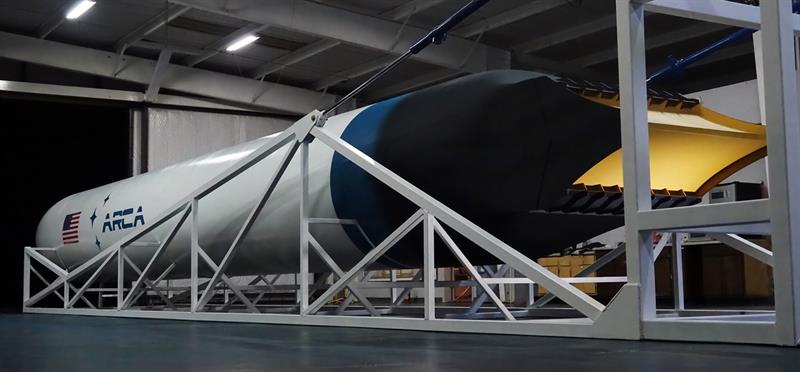The system will perform a series of ground tests that will ultimately qualify the engine for flight. After the field tests, the same engine will be integrated into the Demonstrator 3 rocket that will perform a suborbital space flight up to an altitude of 120km above the New Mexico desert.
Two-stage rockets have been used for space launches for the last six decades, mostly because they provide enough fuel to lift a large payload while also maintaining weight. Traditional bell-shaped engines direct the rocket exhaust in a singular direction. Because of this, these engines work very well at sea-level, but become less efficient the higher they get.
The aerospike engine is different in that it uses the decrease in air pressure to increase the power of the engine as it climbs. It is shaped like a bell nozzle cut in half and then placed back to back to form a tapering spike.
As the rocket ascends, thinning air releases its firm hold on the hot exhaust gasses as they spread out, the effect is as if the bell has increased in size. This enables the aerospike to adjust itself during flight, transforming itself from a sea-level engine to a space-ready one with “virtually unlimited expansion ratios”, thereby significantly increasing the specific impulse of the engine at high altitude. It is also said to use around 30% less fuel than traditional rocket engines.
In a press release, ARCA said: “The engine, with a sea level thrust of 4.2 tons, uses hydrogen peroxide 70% as a monopropellant. Despite low energy propellant, the rocket is able to reach space due to the use of an extremely lightweight tank and high-efficiency aerospike engine.”

After testing, the goal is to develop a working engine for the space company’s Haas 2CA SSTO rocket which will make its first flight from NASA’s Wallops Flight Facility next year. The rocket will mostly be used to launch nano/micro satellites at a project cost of $1million per launch.
The 53ft long rocket is designed to launch 100kg of payload to low earth orbit. According to a SpaceWork and Eurostat forecast, 3,000 nano/micro satellites will need to be launched between 2016-2022 with a total market value of $5.3 billion in the next decade. ARCA sees the Haas 2CA as an economical solution for this market











